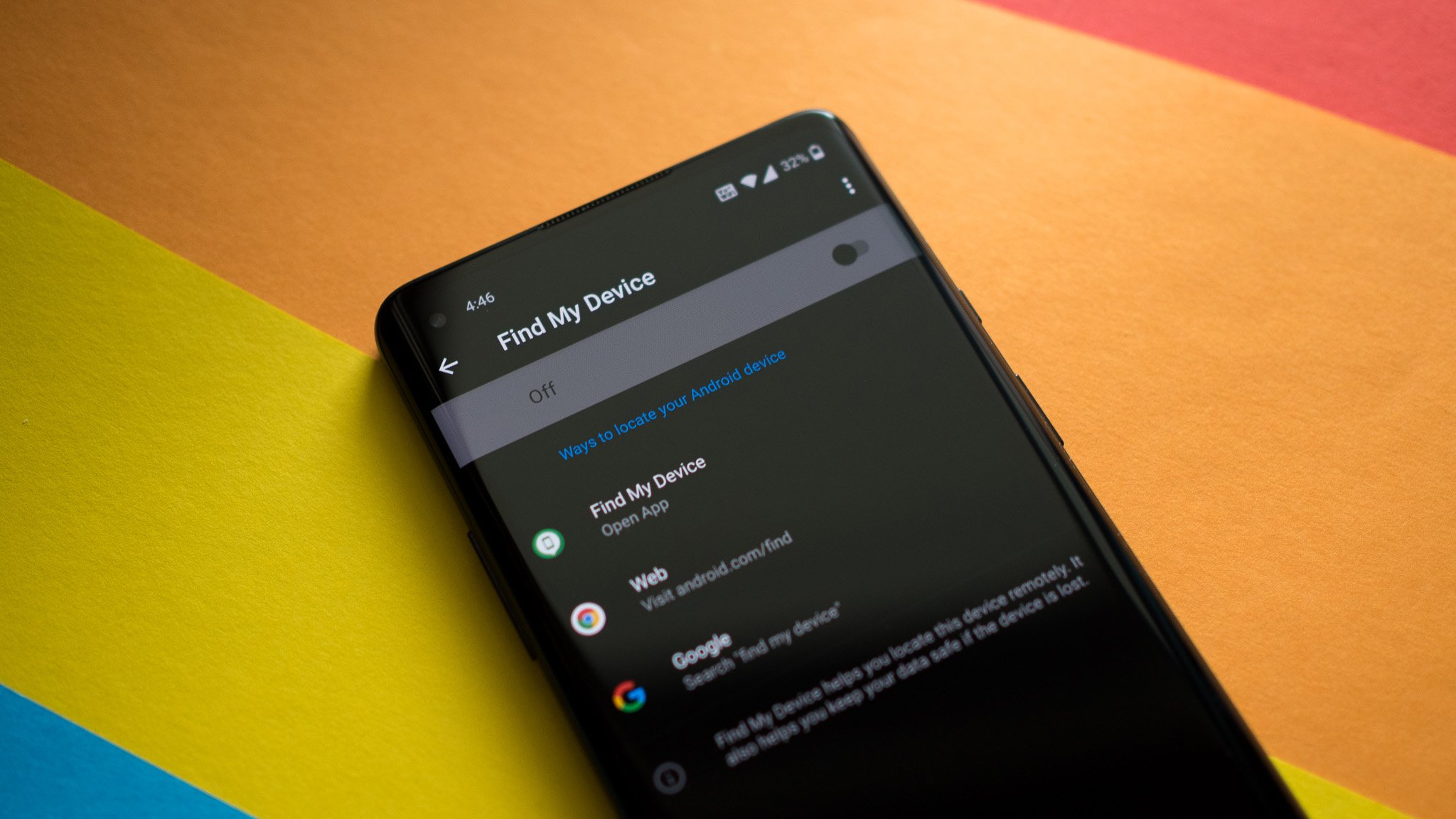
Understanding Find My Device
In today's digital age, smartphones have become an integral part of our daily lives. However, with the convenience of these devices comes the risk of losing them or having them stolen. To mitigate this risk, many Android devices come with a feature called "Find My Device," which allows users to locate, lock, or erase their phones remotely. While this feature is incredibly useful, there may be situations where you want to disable it to maintain your privacy or avoid being tracked. In this article, we will guide you through the steps to disable "Find My Device" on your Android phone.
How Find My Device Works
Before diving into the steps, it's essential to understand what "Find My Device" is and how it works. This feature is part of Google's suite of services designed to help you locate and manage your Android devices if they are lost or stolen. Here are some key points about how it works:
-
Location Tracking: Find My Device uses your device's location services to track the device's whereabouts. This means that if your phone is connected to a stable Wi-Fi network, you can use Google Maps to locate it remotely.
-
Remote Actions: Once you've located your device, you can perform several actions remotely:
- Ring Device: The device will ring loudly for 5 minutes, helping you locate it more easily.
- Lock Device: You can lock your device to prevent unauthorized access to your personal data.
- Erase Data: As a last resort, you can erase all data on your device to protect your privacy.
-
Google Account Requirement: To use Find My Device, your device must be signed in with a Google account. This is necessary for Google to access the device's location and perform remote actions.
Why Disable Find My Device?
While Find My Device is a useful feature, there are several reasons why you might want to disable it:
- Privacy Concerns: If you're concerned about your location being tracked by Google or other services, disabling Find My Device can help you maintain your privacy.
- Security Risks: Some users might be worried about the security risks associated with having a feature that can remotely access and control their device.
- Legal Situations: In certain legal situations, such as when you're planning to leave home without your family's knowledge, disabling Find My Device can be crucial.
Steps to Disable Find My Device
Disabling Find My Device is a straightforward process that involves a few simple steps. Here’s how you can do it:
Using the Settings App
- Open Settings: The first step is to open the Settings app on your Android device. This can usually be found on the home screen or in the app drawer.
- Navigate to Security & Privacy: Once you're in the Settings menu, tap on the "Security & privacy" option. This might be labeled differently depending on your device's manufacturer and software version.
- Find My Device Option: In the Security & privacy menu, look for the "Find My Device" option. It might be located under a sub-menu like "Location" or "Device Protection."
- Toggle Off Use Find My Device: Once you've located the Find My Device option, toggle the switch to turn it off. This will disable the feature and prevent your device from being tracked by Google.
Additional Steps for Enhanced Privacy
While disabling Find My Device is crucial for privacy, it's also important to turn off location tracking to ensure that your device isn't sharing your location with other services and apps.
- Open Location Settings: Go to the Settings app and tap on the "Location" option.
- Toggle Off Use Location: In the Location menu, toggle off the "Use location" feature. This will stop your device from sharing its location with other apps and services.
Samsung-Specific Steps
If you're using a Samsung device, there are slightly different steps to deactivate the "Find My Mobile" service:
- Open Settings: Go to the Settings menu on your Samsung device.
- Tap Samsung Account: Tap on the "Samsung account" option.
- Find My Mobile: Tap on "Find my mobile."
- Turn Off Allow This Phone to Be Found: Turn off "Allow this phone to be found." This will deactivate the Find My Mobile service.
Logging Out of Samsung Account
Alternatively, you can log out of your Samsung account to deactivate the Find My Mobile service:
- Open Settings: Go to the Settings menu on your Samsung device.
- Tap Samsung Account: Tap on the "Samsung account" option.
- Sign Out: Tap the "Sign out" button at the bottom of the screen. This will log you out of your Samsung account and deactivate the Find My Mobile service.
Additional Tips for Enhanced Privacy
While disabling Find My Device and turning off location tracking are crucial steps, there are a few more tips you can follow to enhance your privacy:
- Remove Google Account: If you're concerned about your device being tracked by Google, consider removing your Google account from the device. This will prevent any further tracking and ensure that your device is not linked to any Google services.
- Use a Different Google Account: If you're unable to remove your existing Google account, consider creating a new one and using it on your device. This way, you'll have full control over the data associated with that account.
- Factory Reset: As a last resort, you can perform a factory reset on your device. This will erase all data and settings, effectively removing any linked accounts and services.
By following these steps and tips, you can effectively disable Find My Device and maintain control over your device's tracking capabilities, ensuring enhanced privacy and security.
